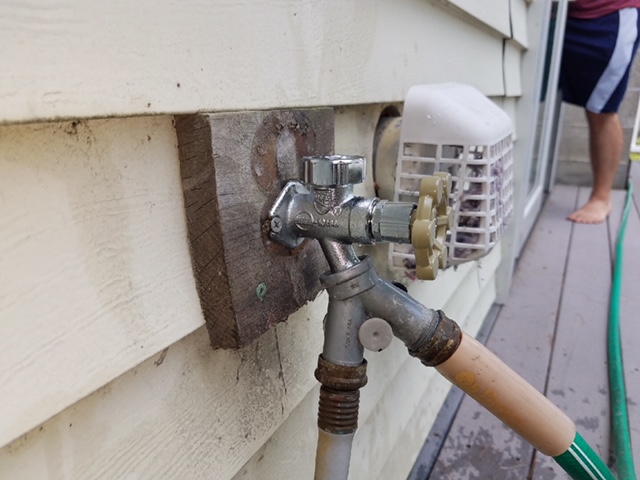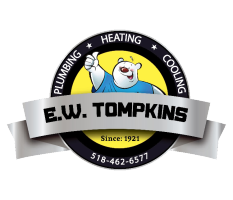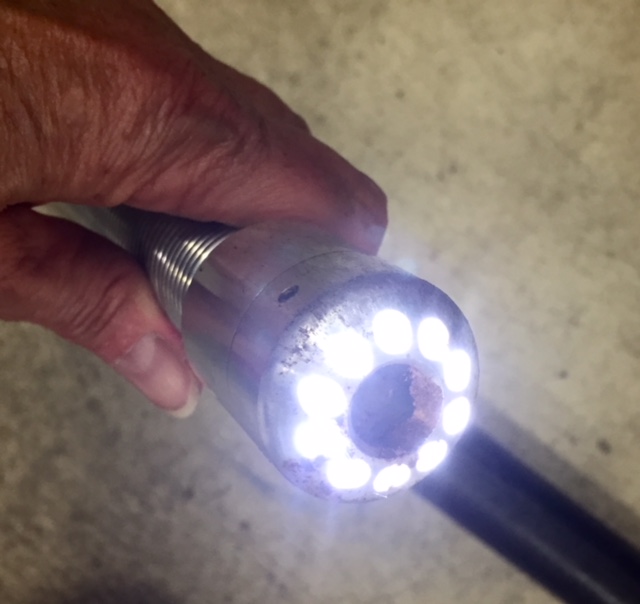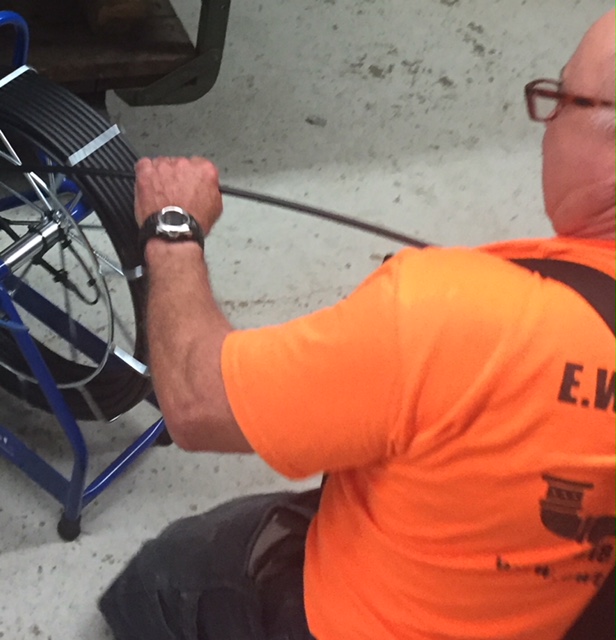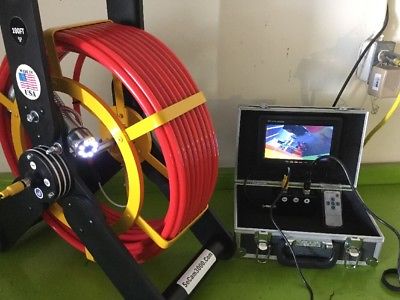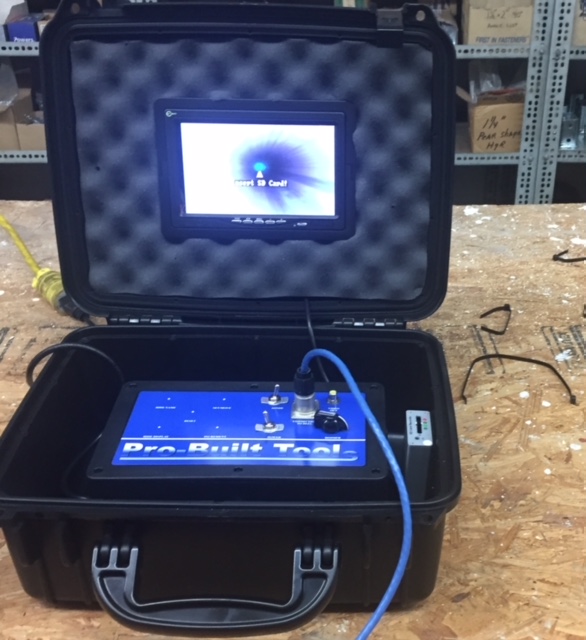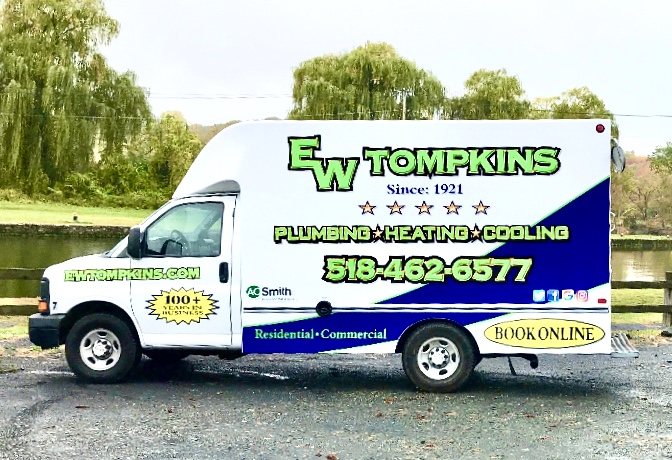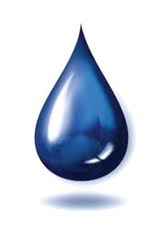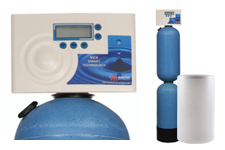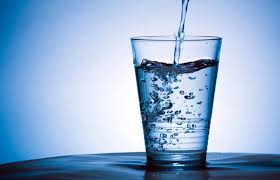Why you need a Sewer Camera Video Inspection
Problem #1: Tree Roots In Plumbing Lines
This is the most frequent reason we are called out for a video camera inspection. Tree roots have clogged or broken the pipe causing backup and flooding into basements.
Using our camera technology, we can pinpoint the exact location of the roots and resolve the issue.
Either drain cleaning with our large 3-4″ root cutter can be used or Hydro-Jetting. This is where we send a high-powered spinning head with water under pressure into the sewer line. A variety of different spinning heads can be used depending on the type of obstruction. With both machines, the head spins so fast that it goes through any obstructions in the line, leaving the line itself intact.
Problem #2: Broken or Collapsed Pipes
Many older sewer lines were made with plastic or orange clay pipe and this becomes very brittle over time. It doesn’t take much shifting of the earth with the harsh Capital Region freeze and thaw cycles to cause damage.
Sometimes the problem is caused by poor installation practices when the plumbing or sewer system was originally installed, dropping a large rock on the line from an excavator bucket for example has damaged plumbing lines we’ve had to repair.
Other older homes especially those built during the 50’s or 60’s utilized a piping material called Orangeburg. This material is notorious for deteriorating and causing havoc with plumbing systems.
Our sewer video cameras will locate the collapsed parts of your line. If it is busted, you will have to have it repaired.
Problem #3: Pipe Corrosion
Liquids run through pipes and they can corrode pipes. Minerals in the water can increase corrosion. Rust is a big issue with old pipes. A camera inspection can determine your pipe’s condition.
Depending on the liquids that are running through the pipe, what material the pipe is made of and whether it’s in the wall or in the ground will all play a role in how quickly the pipe will corrode.
Problem #4 Purchasing a Home
You are about to make the biggest investment! You are purchasing a new home. Part of your home inspection should include a camera inspection of the septic or sewer line. You do not want a surprise after moving into the property. Insist that your realtor contact a reputable plumber to discuss your needs.
E.W. Tompkins Plumbing Heating Cooling has been serving the Capital Region since 1921.
Contact our Customer Care Reps at 518-462-6577 to schedule a camera inspection.
